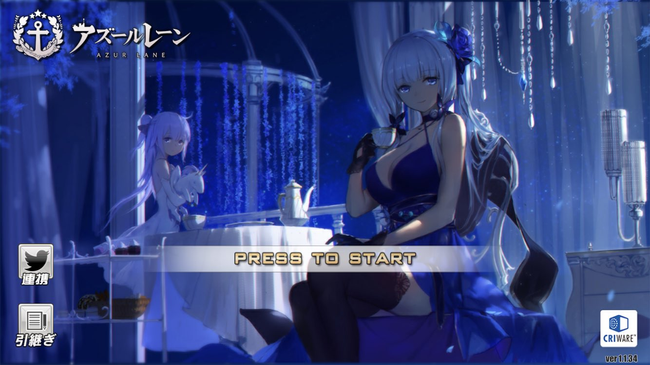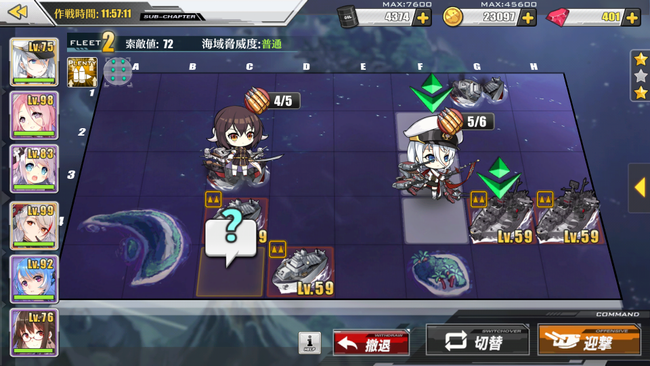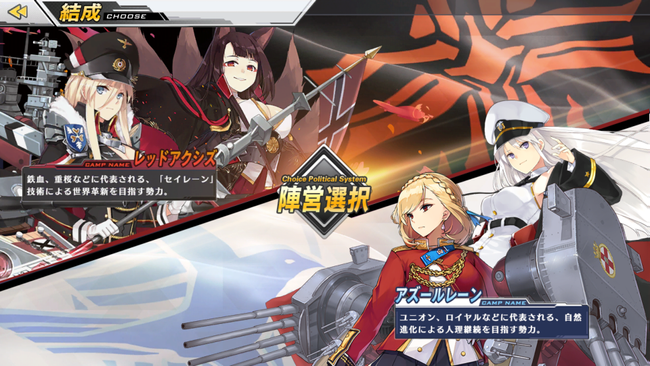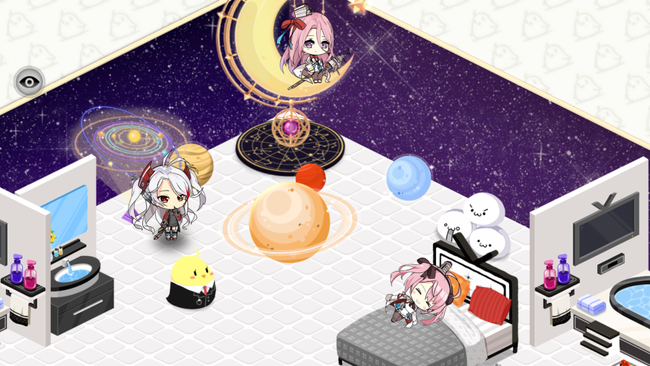How Azur Lane is able to rival Kantai Collection’s popularity in Japan
If you have been following trends in Japanese subculture in the recent years, you may have heard of Kancolle (Kantai Collection), a browser game from DMM.com and Kadokawa Games that features personifications of World War II-era warships. As with any popular franchise, other companies have been trying to create lookalikes of Kancolle. But in the recent months, one game manages to stand notably above the rest and is even rivaling Kancolle’s popularity in Japan.

Enter Azur Lane, a mobile shooting RPG game for iOS and Android developed by Chinese companies Manjuu and Yongshi. It was first published in China by Bilibili on May 25, 2017, with a separate Japanese version published later by Yostar on September 14, 2017. It has managed to create a boom that even rivals Kancolle in Japan for being able to offer something original. We’ll take a deeper look at those details in this article.
Gameplay
Some would describe the original browser version’s gameplay of Kancolle as a “game of praying for luck.” Even after the shipgirls have been leveled up and given ample equipment, the player has virtually no control during the campaigns and battles, so they could only pray that the compass wouldn’t lead the fleet to the wrong direction or a ship getting crippled by a critical hit out of nowhere. The recently-released Kancolle Arcade did rectify this problem as it gives the player control for fleet movements. However, being an arcade game, this is confined to only select game centers in Japan. Not to mention, you have to put up with the long queues and play time per session.

This is where Azur Lane is able to distinguish itself the most. As an easily-accessible mobile game, it offers engaging side-scrolling shooter gameplay, with some enemies using bullet hell mechanics that could also be seen in Touhou titles. Although an auto control option is available for those who don’t play shooting games often or those who want to grind easily, this game mainly challenges the player’s skills as they are given full movement controls on the escort fleet to avoid the enemy fleet’s attacks while launching airstrikes from carriers or timing salvos from battleships.

The campaign maps are also worked in a way that gives players an actual sense of control. Instead of having a set of pre-determined routes with branches that are selected in random by 50% equipment and 50% luck, Azur Lane puts the player’s fleet(s) on a grid map that spawns enemy fleets as well as bonus nodes. Again, the player is given full control here as they can directly order their fleet(s) to move towards a specific node. Wandering too long in the map, however, may trigger ambushes from the enemy that can and will prompt unnecessary battles and waste ammunition if you are unable to escape. So the challenge here is to plan optimal movements in clearing the area or reaching the map boss with as few steps as possible.
Much of the tedious micromanagement in Kancolle is also streamlined in Azur Lane. For example, players don’t have to manually repair or resupply the shipgirls, and construction is also simplified to just choosing a category. Overall, Azur Lane can be enjoyed without incurring a lot of stress. Some players even commented that the gacha rate is more generous than most other mobile games as the rate for the highest rarity is set at 7%.
Shipgirls
Being a game created for Japanese players as its main audience, Kancolle’s shipgirl roster is mostly dominated by Japanese ships, with a few more coming from fellow Axis countries Germany and Italy. Allied ships only get a handful of representations.

Azur Lane, on the other hand, has a more balanced roster that mainly covers four factions based on the major participants of WWII: Eagle Union (United States), Royal Navy (United Kingdom), Sakura Empire (Japan), and Metal Blood (Germany). It has a lot of Allied ships including the British battleship HMS Prince of Wales and the legendary carrier USS Enterprise, which should make this game even more appealing to the Western audience. It even manages to include Japanese ships not featured in Kancolle yet such as the surviving pre-dreadnought battleship Mikasa; by using her on advertisements in Tokyo’s major stations, it has generated a lot of buzz for the game.
Being a game developed by Chinese companies, the developers have also included a few ships from their own country such as the light cruisers ROC Ning Hai and Ping Hai. As of this version, however, Azur Lane does not have any representatives from France or Italy yet, and the only Russian ship currently in the game—the cruiser Aurora—is only available to participants of the closed beta.
Storyline & References
Although stages and events in Kancolle are loosely based on Japan’s campaigns in WWII, its storyline has never been explained explicitly. The gist of the game is pretty much, “There are Abyssal ships running amok in the seas; lead your fleets to beat them and liberate the areas,” and that’s it. The rest is up to the players’ own interpretations of the Abyssal Fleet bosses.

Azur Lane does what Kancolle and other shipgirl games don’t by having an actual storyline in the game with conversations and event scenes. The main storyline is played from the perspective of the Azur Lane faction, which is analogous to the Allied Forces; and the shipgirls from the opposing Red Axis faction (Sakura Empire and Metal Blood) are mostly featured as enemies.
Despite this, the game is still well-received by Japanese players because simply having a proper storyline is enough reason for them to get fully immersed in the game’s world settings. All the ships including the Japanese ones can eventually be recruited, so it’s all the more reason for them to continue playing this game. There have also been limited-time events held with stories that further depicts these shipgirls' characters and personalities, and a couple of them had given the spotlight to Japanese shipgirls.
Another reason Azur Lane is gaining popularity is that it is filled with references to famous quotes and TV shows. For example, in the screenshot above you can see USS Lexington reciting John Parker's quote at the Battle of Lexington. Some shipgirls even have quotes and designs that make references to popular Japanese anime, such as HMS Unicorn asking about NT or Destroy Mode (a blatant Gundam reference), or every quote and even the design of the HMS Hermes being based on the Yu-Gi-Oh! franchise.
Miscellaneous
In Kancolle, players are able to customize their room with furniture and decorations. Azur Lane takes this a step further on this with its Backyard room, where shipgirls can be placed inside the room and even interact with the furniture placed there.
By now you may have noticed the cute chibi sprites of the shipgirls in the screenshots. These, along with the generally good—and sexy—character designs, add even more reasons why Azur Lane is appealing to the Japanese audience.

With all the above things considered, it is clear that Azur Lane is here to stay on the Japanese audience’s watchlist. Over 5 million users have registered in just four months’ time, users voted it in as part of the top 5 in the Users’ Choice category in Google Play’s Best of 2017 awards, and it's even getting a collaboration event with Compile Heart’s flagship RPG series Hyperdimension Neptunia.
Azur Lane acts as an important lesson on how a Chinese-made title can gain popularity in Japan by offering originality in its gameplay. Japanese players have also commended the official Twitter account for being very informative about the game content. It is giving Kancolle a run for its money right now, so it will be interesting to observe whether Azur Lane can keep this momentum.